Hormone Disruption: How to Protect You + Your Loved Ones From Its Dangers
Hormone disruption has become the center of conversations in the last decade or so. Especially the hormonal disruptions that teenagers are especially vulnerable to during their prime developmental years, which has been documented in many studies. We now understand how dangerous endocrine-disrupting chemicals can be.
Our products and environment are causing an epidemic of hormonal issues. We’re affected by things we use daily, like our deodorant and body wash. And even something as seemingly insignificant as a plastic water bottle.
Hormone disruptors (aka chemical endocrine disruptors) could be in your teen's products. But eliminating hormone disruptors now can prevent long-term/more severe issues.
What Are Hormone Disruptors/Endocrine Disruptors?
These compounds have many names (Endocrine disrupting chemicals, hormone disruptors, EDCs, etc.). It can sound very confusing. To simplify it, here’s the most basic thing to know. They aren’t natural, and your body is better off without them.
The website Made Safe gives an easy-to-understand definition of endocrine disruptors:1
“Endocrine disrupting chemicals (EDCs) are substances in the environment, usually manmade, that mimic, block or interfere with hormones in the body’s endocrine system.”
And as the EPA explains, your hormones play a crucial role. Hormones are your body’s messengers that communicate and trigger bodily functions.2
Where Do You Find These Chemical Endocrine Disruptors?
Endocrine disruptors are widely unregulated. They’re in a large majority of everyday products that your teen likely uses. Conscious product buying can eliminate much of the potential for hormone disruption.
While this list doesn’t include everything, here are some of the most common products created with chemical endocrine disruptors:1
- Plastics
- Carpets
- Cookware
- Household dust
- Fragranced products
- Furniture
- Paints
- Pesticides
- Certain pharmaceuticals
- Unfiltered drinking water (due to contamination)
But the most prevalent of all, that can make its way directly into our bloodstream?
Personal care products.
Which Personal Care Products Cause Hormone Disruption?
Studies continue to uncover more information about personal care products, so it’d be impossible to keep this list updated.
Here are a few of the biggest hitters you need to know about.
- Parabens in face products, lotion, body wash, perfume, hair products, makeup, and shaving products – this hormone disruptor is directly linked to breast cancer tumors.9
- Salicylic acid washes, lotions, and treatments (Beta Hydroxy Acid or BHA) – an exfoliant used in acne products for teens. It imitates the body’s estrogen hormone. P.S. This quote from Medline Plus directly contradicts the main use of salicylic acid:10 “Do not apply topical salicylic acid to skin that is broken, red, swollen, irritated, or infected.” Ironic… since acne is swollen, red, irritated, and infected…
- Heavy metals in makeup – can be an ingredient or contaminant. Most common in eyeshadow, blush, and compact powders.
- Oxybenzone in sunscreen or cosmetics – is used to block UV rays. Also found in hairspray, nail polish, and plastics to protect against UV exposure.
- Triclosan in cosmetics, deodorant, body wash, + more – present in water-based formulas as a preservative/antibacterial.
- Any products with “fragrance” on the label – this catch-all-term can hide thousands of chemicals, especially phthalates. P.S. Actual perfume mists often contain preservatives, so even perfumes aren’t off the hook.
There’s plenty of evidence on the dangers of these chemical endocrine disruptors. And recent studies prove contamination is even more widespread than CDC data suggests. For Example, all participants in an EWG teen study had triclosan in their bodies.3
Personal care products are one of the first (and most important) places to start eliminating the potential of hormone disruption for teens. They’re much better off without chemical endocrine disruptors.
Why Are Teens So Vulnerable to Hormone Disruption?
Teenagers are the most vulnerable to the damages of hormone disruption for a few reasons. But the biggest reason – it’s a prime developmental state.3
“Alterations in an array of sex hormones, present in the body at levels as low as one part per billion (ppb), or even one part per trillion (ppt), guide this transformation to adulthood.”
Teen reproductive systems are still regulating. Hormones are rapidly developing + their body is still growing and changing. Besides, teens have an incredible amount of pressure to keep up – to have clear skin, smell good, and look good. It’s no wonder teens are vulnerable to the industry. The personal care industry makes a profit off their insecurities.
What’s more, teens are (on average) using even more products than the average adult. The average adult woman uses 12 products.3 A study from the EWG (Environmental Working Group) found most teens use around 17 different products daily.
This means teens are exposed to approximately 174 unique chemicals every day.3
The EWG study also found 16 chemical endocrine disruptors present in blood and urine samples. And when they tested parabens (the most common preservative in cosmetics), they were present in every girl's samples.3
This isn’t surprising, considering how many products are pushed + advertised to teens. And unless we speak up, they probably will continue pushing these products. That’s why it’s important to know how to read labels – to be one step ahead of them.
Endocrine Disruptors Chemicals List
Truthfully, it'd be hard to list all the potential hormone disruptors in skin care and beyond. But since personal care products are the biggest issue, let’s start there.
Here’s the main endocrine disruptors chemicals list to keep on hand:
- Parabens – used as a preservative in cosmetics and personal care products
- Phthalates – used as stabilizers and solvents in a variety of products
- Triclosan – used as an antibacterial agent or preservative
- Oxybenzone – used as a UV filter in sunscreen and a preservative in fragrance
- Musk chemicals – used as fragrance components in many products
- PFAs – used for consistency or texture purposes
- Methylisothiazolinone – used as a preservative
- Pesticides
- Flame retardants
- BPA plastics (this includes your personal care products!)
- PFAs
Household cleaning products contain many of these chemical endocrine disruptors. Be sure to check out this blog for more information. For an overview of the biggest endocrine disruptors across the board, check out EWG’s dirty dozen list.
Why Do We Have So Many Chemical Endocrine Disruptors in Our Products?
There are not enough regulations or public health policies in place.
In fact, the personal care industry (which includes skincare + cosmetics) is currently only reviewed by a self-funded panel (what?!).
They aren’t held accountable in the slightest:3
“An EWG investigation found that the panel chooses criteria regarding sensitivity and irritation for 80% of its safety recommendations, ignoring more serious health concerns such as cancer, birth defects, and hormone disruption, and as a result finds more than 99% of ingredients reviewed safe as used. What's more, companies are not bound by the panel's restrictions or recommendations – compliance is entirely voluntary.”
Even with FDA restrictions, the system contains many loopholes that allow the use of dangerous chemicals. Take the generic catch-all-term “fragrance" for example.
The FDA has almost no power when it comes to regulating anyway. It can't recall harmful products. Those are voluntary company actions.3
Other countries have banned 3,000+ ingredients from cosmetic/personal care products. The United States has only banned 11… clearly, the United States is far behind.
Like EWG, we believe in focused attention on the “unique adolescent sensitivity.” Until then, we have to do the research + work to protect ourselves and our teens from hormone disruption.
Why You Should Care About Hormone Disruption
Hormone disruption can be detrimental to health and quality of life. The endocrine system contains your hormones. And as we know, they play a crucial role in your body.
Teens + women all need protection from hormone disruption for optimal health – inside and out.
Chemical Endocrine Disruptors Are Dangerous Even at Low Levels
Unfortunately, it doesn’t really matter how much or how long the exposure is. The Endocrine Society, a worldwide community of endocrine investigators and clinicians confirm:4
“Even infinitesimally low levels of exposure—indeed, any level of exposure at all—may cause endocrine or reproductive abnormalities, particularly if exposure occurs during a critical developmental window.”
The EWG backs this up, saying teens are sensitive even to trace levels of hormone disruption.
To be clear, our purpose is never to scare you. But it’s worth noting – the Endocrine Society believes exposure could even affect future generations.
Now that’s reason to cause concern.
The Endocrine System Kickstarts Many Bodily Functions
The Endocrine system uses the body’s hormones to communicate. It’s responsible for biological processes like:2
- Brain development
- A healthy nervous system
- Metabolism in the body
- Blood sugar levels
- Growth + function of the reproductive system
(Wow, that’s an important list.)
Understanding the role your teen’s hormones play in health, let’s take a look at how hormone disruption affects development.
Hormone Disruption Can Alter Growth + Development
We hate to say it, but there’s evidence for a much larger risk:3
“Subtle hormonal signals coordinate many other critical developmental processes occurring during human adolescence, including the adolescent "growth spurt" and associated rapid bone growth, maturation of the immune, blood, and adrenal hormone systems, shifts in metabolism, and key changes to brain structure and function.
The dramatic changes of adolescence, all orchestrated via shifts in the minute levels of hormones present in healthy bodies, suggest a unique vulnerability of adolescents and pre-adolescents to the effects of exposures to low levels of hormone-active chemicals found in body care products and other everyday items.”
Chemical endocrine disruptors confuse the body. They mimic the natural hormones, overloading your system. This prevents your native hormones from doing their job. Chemical endocrine disruptors bind to a receptor and block the native hormone.5
There's the famous argument that the “dosage makes the poison.” But a scientific study showed that “even small changes in hormone concentration can have biologically important consequences.”5
With this, it’s safe to say your teen’s growth + development are at risk with exposure to EDCs.
Early Puberty From Hormone Disruption Can Lead To Breast Cancer or PCOS
Hormonal disruption can offset everything in the body – spiraling into the potential for severe health issues since the endocrine system is critical for whole-body health.
Many studies suggest the early onset of puberty can set your child up for higher risks of adult illnesses like breast cancer.6
Studies have proven girls with early menstruation are more prone to polycystic ovarian syndrome, which can lead to infertility and reproductive concerns.7
It doesn’t stop there. The EWG linked a variety of studies citing other effects of hormone disruption:3
- Psychiatric or behavioral problems – depression, eating disorders, and attempted suicide
- Early use/abuse of drugs, alcohol, and cigarettes
- Early sexual encounters, unprotected sex, and teen pregnancy
- Conduct disorders and criminal behavior
- Lower academic education and less likely to finish college
Sadly, there are even studies to suggest that girls who mature early are at higher risk of being physically and violently victimized. This information is heavy, and as a woman, I’m sure it’s weighing you down more right now. But let’s take a step back and remember that not all young women face these situations. It’s all a balance between nature and nurture.
While kids and teens can’t control much about their environment, it's up to us to help. Mommas + women can fight for the vulnerable ones we love so much!
Hormonal Issues Can Affect Quality of Life
Hormonal issues can be confusing and frustrating to fix. Many physicians don’t diagnose them properly or prescribe birth control as a quick fix. This covers the root issue instead of utilizing TCM or ancient wisdom as a guide.And as we know, hormonal imbalances can cause:
- Skin issues
- Mood swings
- Irritability
- Irregular cycles
- Depression
- Anxiety
In a culture where anxiety is common, hormonal issues only make the problem worse:8
“Hormonal imbalance, coupled with external stressors, can alter the brain’s functionality. It increases the stress hormone receptors while simultaneously lowering its relaxation hormone receptors. This can result in long-term anxiety problems in teens.”
If we want to support our teens + set them up for their best life, paying attention to chemical endocrine disruptors – especially in personal care products – is a must.
How to Avoid Chemical Endocrine Disruptors
With all this information, knowing where to start might feel like an uphill battle. Don’t worry, there are plenty of ways to protect yourself from hormone disruption.
Like many things in life, it’s best to take it one step at a time.
Choose Products Free From Hormone Disruptors
You probably guessed we’d say this, but it’s too important.
→ Always read the labels on any product you buy, no matter what it is!
→ No fragrances – since you’ll never fully know what’s in them. You can still choose fragrant products with pure essential oils.
→ Avoid plastic containers at all costs – chemicals often leach into plastic containers.
Only use glass or aluminum. (This goes for food choices, too, since anything we ingest makes its way into our bloodstream.)
It can seem like a lot of change when you’re used to living a certain way. But trust us and our customers, once you make these changes, you’ll feel much better.
Incorporate Safe Anti-inflammatory Ingredients Full of Antioxidants and Fatty Acids
There are plenty of safe and gentle ingredients that are highly effective for healing + soothing teen skin:
- CBD
- Green tea with EGCG
- Turmeric
- Coconut Oil
- Astaxanthin
- Tallow
- Chlorella
- Essential oils like Lavender, Tea Tree, Blue Tansy, Geranium + others
Your teen doesn’t have to suffer from cystic acne or breakouts – there are tons of natural solutions.
Encourage Fun, Sweaty Activities for Your Teen
We’ve done a lot of research on this topic, and sweat is amazing for everyone (including teens!). Sweating releases toxins, stimulates endorphins, and regulates the skin.
If your teen isn’t really the athletic type, no problem. Check out these ideas for all the health benefits of sweat in a creative way.
P.S. If your teen likes the idea of a sauna sweat session, check your local YMCA – many have saunas available!
Don’t Be Scared of Moisture With Oily/Acne-Prone Skin
Moisture is not the enemy! In fact, moisture is essential to balance the skin’s microbiome!
One of the best ways to moisturize the skin is with oil-based products.
And remember, moisture doesn’t come from the outside only. Encourage your teen to stay hydrated because it makes for healthy skin too.
Identify Your Skin State
Each time the seasons change and our lives shift, we find that our skin states are ever-changing. Especially with teen skin, it’s essential to pay attention to your skin’s needs. Skin changes over time, and it’s not a one-size fits all solution!
Understanding your teen’s unique skin state can be incredibly helpful in healing + restoring balance. Check out this article on how to identify your skin state.
Go Organic and Say No to Ultra-Processed Foods
To build a healthy foundation for positive choices + habits, transition to cleaner foods. Consume, buy, and cook more whole-foods full of nutrition that your growing teen needs.
Shop organic for more nutrients, but also to avoid pesticide-laden foods that can cause hormonal disruption.
It’s a win-win.
Protect Your Teen From Hormonal Disruption
The teen years are a critical time of development for the reproductive system. Years of exposure could pose risks down the road related to infertility or more serious concerns.
With this information under your belt, you have the power to change the trajectory of your precious teen’s future. Help them choose the best products and make the best choices. Confidence in their decisions and a health-focused approach will go a long way in life – especially with you by their side.
If you’ve got more questions about hormone disruption in teens or want to see us address a similar topic, reach out to us!
XO
Sources:
- Made Safe | Endocrine-Disrupting Chemicals in the Home
- EPA | What is the Endocrine System?
- EWG | Teen Girls' Body Burden of Hormone-Altering Cosmetics Chemicals
- National Library of Medicine | Endocrine-Disrupting Chemicals: An Endocrine Society Scientific Statement
- National Library of Medicine | Hormones and Endocrine-Disrupting Chemicals: Low-Dose Effects and Nonmonotonic Dose Responses
- University of California San Francisco | Puberty, Obesity, Environment, and Breast Cancer
- Fertility and Sterility | Prevalence of Polycystic Ovary Syndrome in Young Women Who Had Idiopathic Central Precocious Puberty
- Stonewater Recovery | 3 Ways Hormones Impact Teen Mental Health
- Science Daily | Parabens in Breast Tissue Not Limited to Women Who Have Used Underarm Products
- Medline Plus | Salicylic Acid Topical
Pin your fav blog post below:





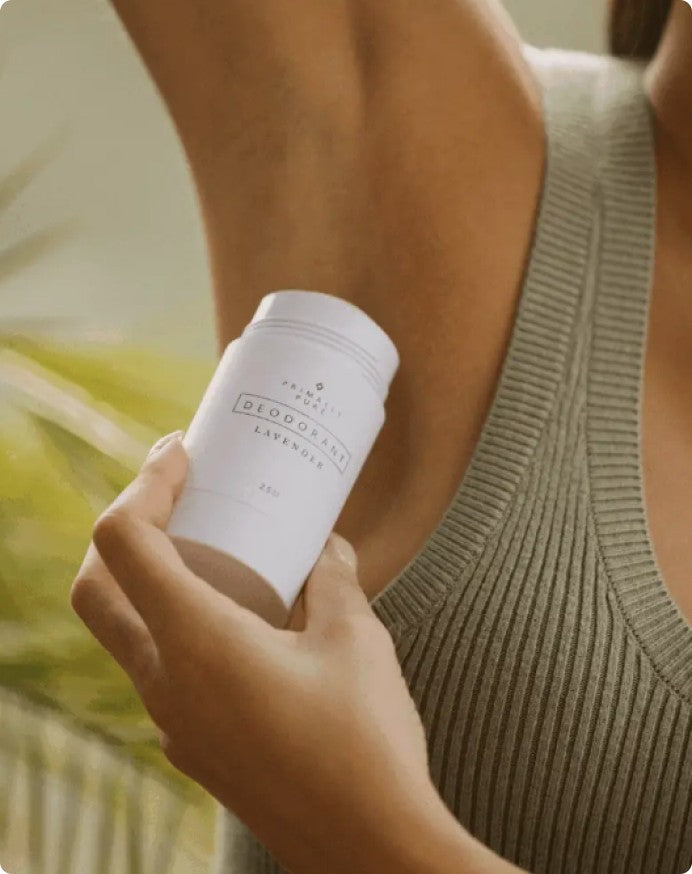
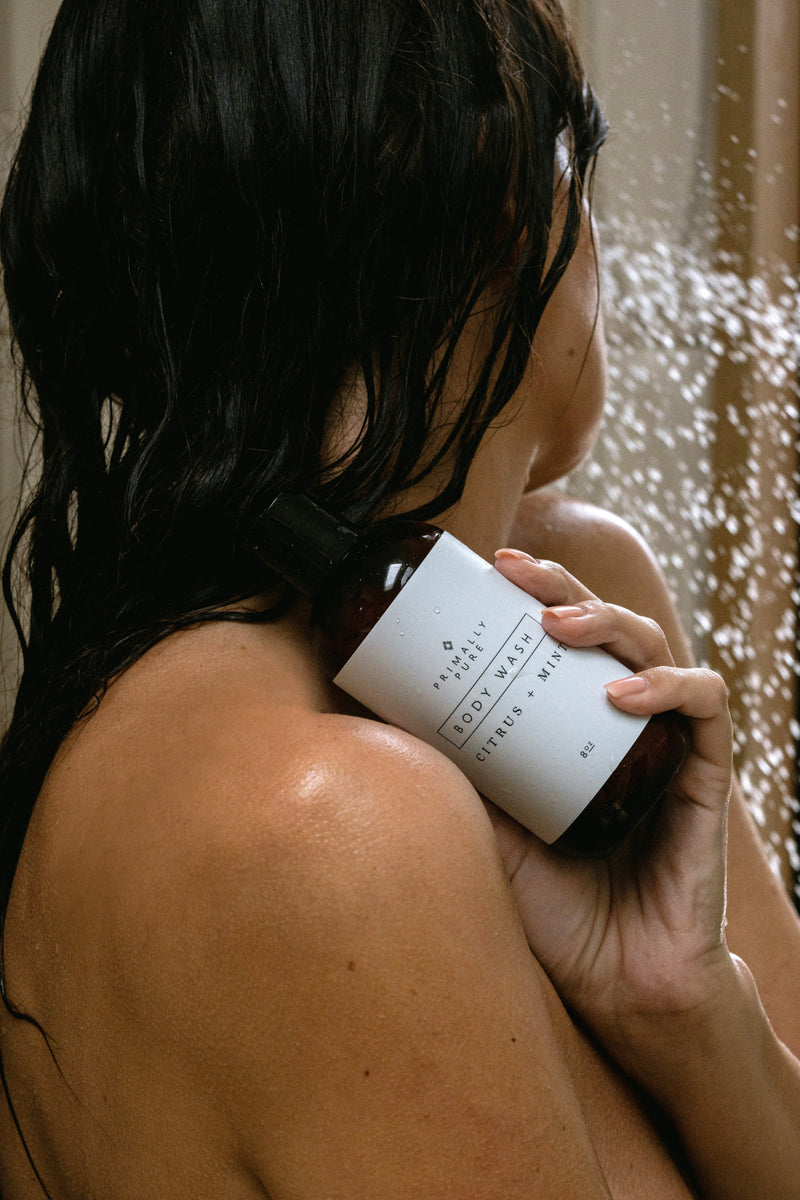
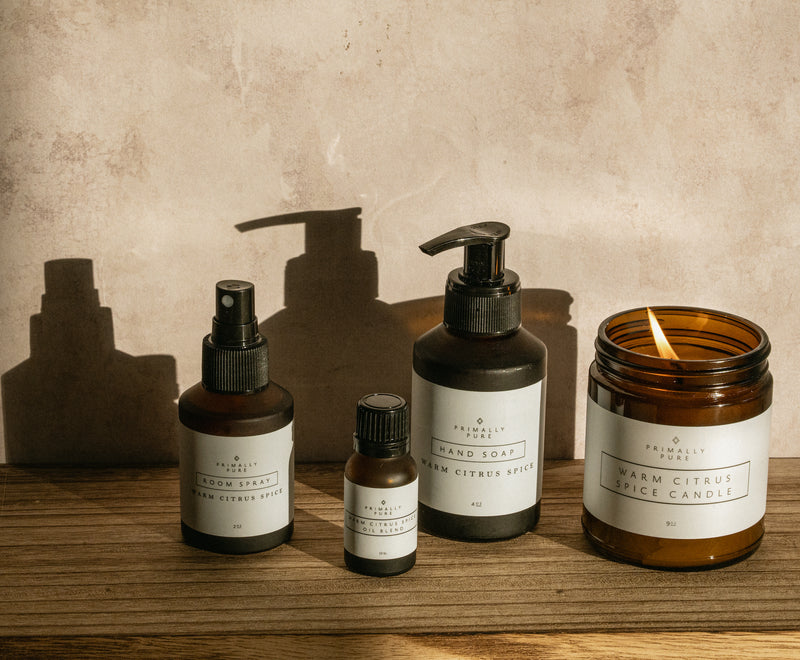
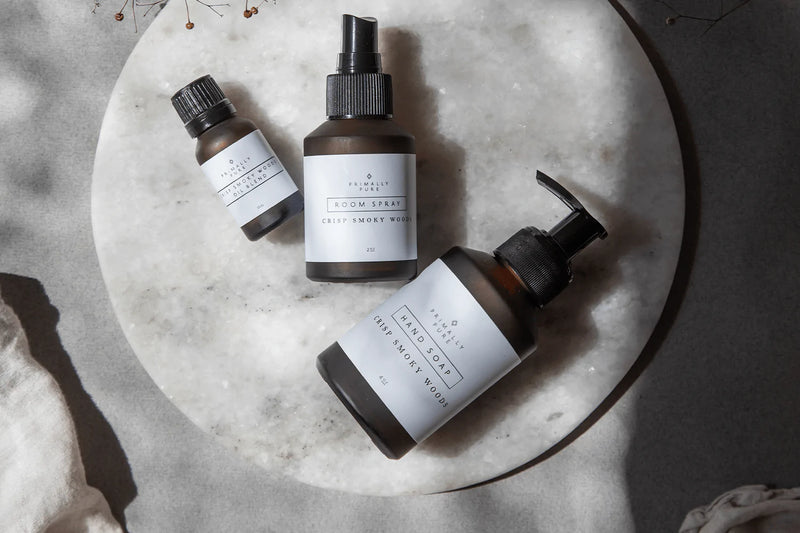
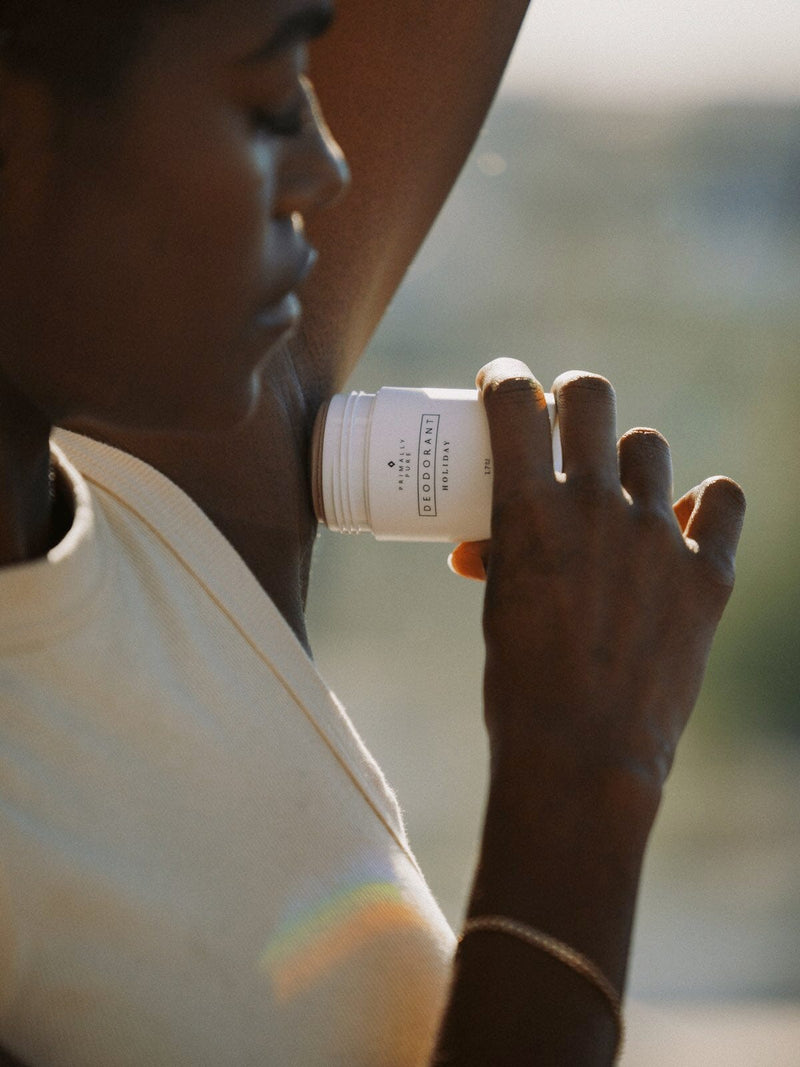


Leave a Comment